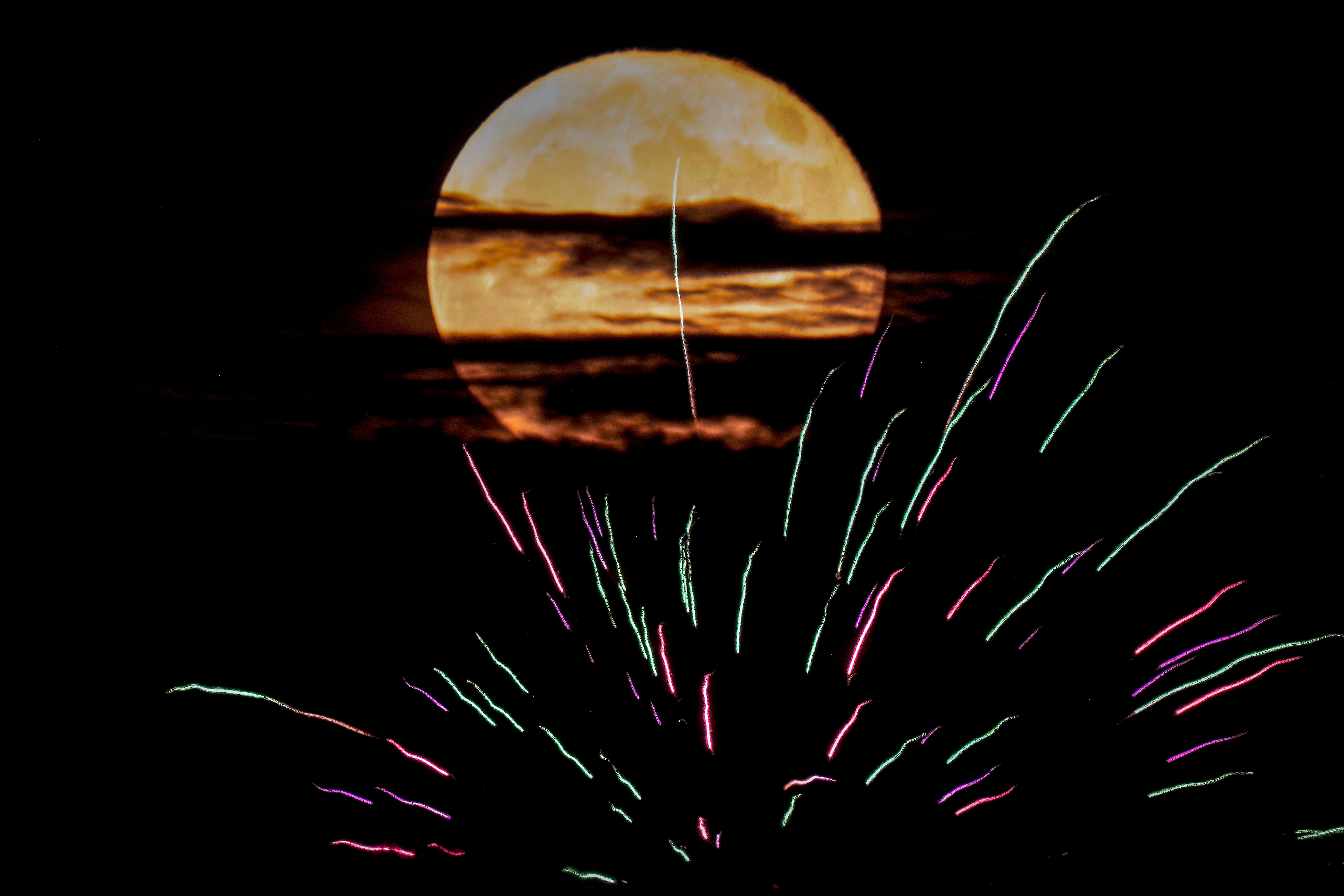What is a Blue Moon? Rare August supermoon will be last of its kind this decade
There is a chance the full moon in August 2023 will actually appear blue, according to Nasa
Your support helps us to tell the story
From reproductive rights to climate change to Big Tech, The Independent is on the ground when the story is developing. Whether it's investigating the financials of Elon Musk's pro-Trump PAC or producing our latest documentary, 'The A Word', which shines a light on the American women fighting for reproductive rights, we know how important it is to parse out the facts from the messaging.
At such a critical moment in US history, we need reporters on the ground. Your donation allows us to keep sending journalists to speak to both sides of the story.
The Independent is trusted by Americans across the entire political spectrum. And unlike many other quality news outlets, we choose not to lock Americans out of our reporting and analysis with paywalls. We believe quality journalism should be available to everyone, paid for by those who can afford it.
Your support makes all the difference.A rare pair of supermoons in August will culminate in a Blue Moon that will not occur again until the 2030s.
The first full moon of the month took place on Tuesday, 1 August, with the next one taking place on 30 August. Both will be within 360,000 kilometres of Earth, meaning they will appear bigger and brighter than usual.
The next date on which a super blue moon will occur is August 2032, making this the last chance to witness one this decade.
Despite what the name suggests, the second full moon will not actually be blue, with the name simply referring to it being the second full moon in a calendar month – full moons occur every 29 days, meaning occasionally a single month will feature two.
Moons that are the colour blue have been known to occur when there is major disruption to the Earth’s atmosphere, such as following a volcano.
According to Nasa, blue moons were common following the eruption of the Indonesian volcano Krakatoa in 1883.
“The key to a blue moon is having in the air lots of particles slightly wider than the wavelength of red light (0.7 micron) – and no other sizes present,” the US space agency noted in a blog post.
“This is rare, but volcanoes sometimes spit out such clouds, as do forest fires.”

There have been several major wildfires in 2023, including significant fires in Canada and the Mediterranean.
“If any of those fires produce ash or oily-smoke containing lots of 1-micron particles, the Blue Moon there could be blue,” Nasa wrote.
“More likely, it’ll be red. Indeed, red Blue Moons are far more common than blue Blue Moons.”
A live stream of both supermoons in August will be available to watch on the official YouTube channel of the Virtual Telescope Project.
Weather conditions in the UK will not be ideal for viewing the Moon on Tuesday, with forecasts from the Met Office suggesting large parts of the country will be covered in cloud.
Conditions will be slightly improved on Wednesday night, when the Moon will also appear full despite being past its peak.



Join our commenting forum
Join thought-provoking conversations, follow other Independent readers and see their replies
Comments